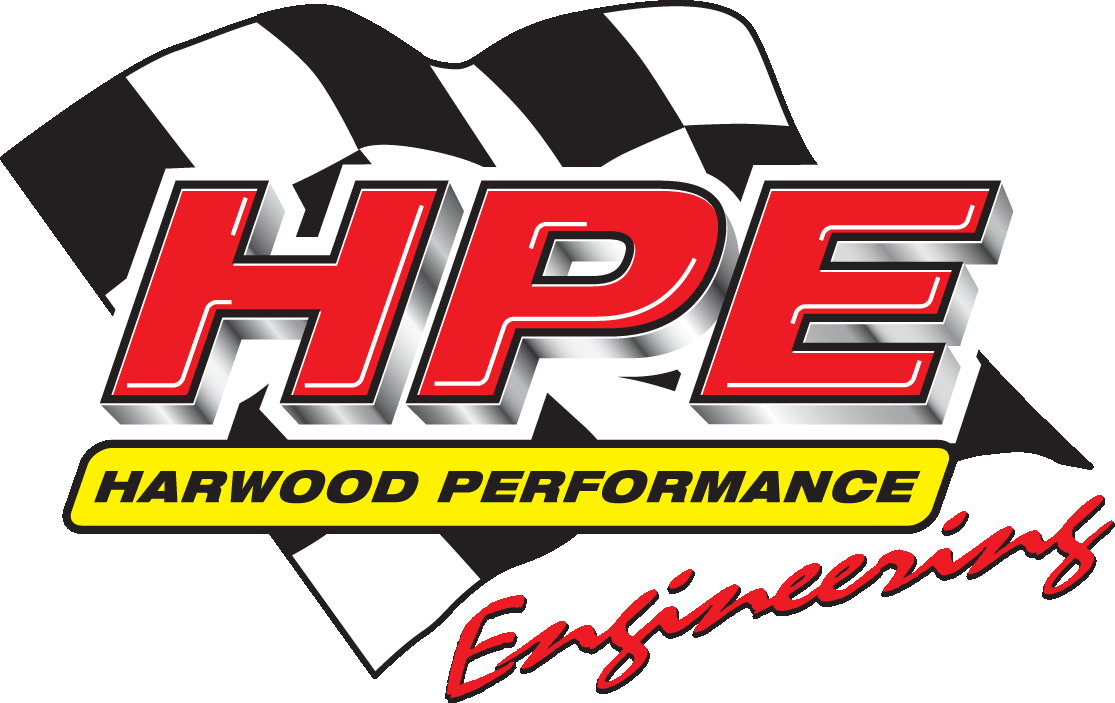
HPE Links: Home | Links | Search HPE | FAQ | New Projects
V8-Ranger Links: FrankenRanger | Articles | Suppliers | Parts List
V8 Ranger Conversion Manuals: Conversion Manuals
| Downloadable Manuals | Manual Feedback
|
|
|
|
EXHAUST SYSTEM Once
you have the engine mounted permanently, you can begin to fabricate the exhaust
system. I chose to fabricate the
exhaust system on FrankenRanger out of T-304 stainless steel, since it would be
a custom job, and I didn't want to have to do it again any time soon. Plus, stainless looks trick and matches the standards set by
the rest of the truck, especially when it is TIG welded, which makes a very
neat, clean seam. If you do choose
to make a mild-steel exhaust system, I would suggest either aluminized steel
(good) or have the complete system Jet-Hot coated (better) for durability.
A mild steel exhaust system probably won't last very long, and if you're
paying someone to fabricate the system, you'll be doing it fairly often.
Like most of the items in this project, try to do it right the first
time. Most exhaust headers will use a traditional 3-bolt flange to which you can connect your exhaust system using a gasket, which is exactly what we did on FrankenRanger. A ball and socket connection is a little tighter and allows a little more slop in the installation, but is extremely difficult to fabricate. You can probably adapt an OEM type ball-and-socket connector to your Ranger, but if done properly, a flange system will work just as well—in fact, if the flanges are machined flat, no gasket is necessary. Either way, I like to use a carbon-reinforced gasket rather than the soft aluminum or copper gaskets, which can compress and leak over time. This will depend on your personal preferences, but I've had good experience with carbon or asbestos gaskets rather than "dead soft" metal gaskets.
It was important to me to have good service access to my transmission and clutch, as well as to keep the hot exhaust system (especially the catalytic converters) away from the fuel lines. In addition, because of the location of the Ranger's fuel tank on the driver's side, it made sense to run both exhaust pipes down the passenger's side of the truck. As you can see in the photo, both of FrankenRanger’s catalytic converters are stacked together on the passenger's side, and the exhaust pipes will follow straight back, with one crossing over the center cross member, and one passing below. Both of the catalytic converters are located the same distance from the header collectors to equalize exhaust backpressure for more horsepower, and are positioned to take advantage of the factory heat shielding.
I also situated the mufflers as far back in the system as possible to minimize the noise coming into the passenger compartment, which is important, considering high-performance mufflers' tendency to "drone" at highway speeds. The entire system uses OEM rubber hangers and mounting bosses for a factory look and no unpleasant noises. Believe me, it makes a world of difference in terms of driveability and long-distance cruising comfort.
As
far as tailpipes, you're free to go with what you like.
I chose to have both pipes exit under the rear bumper on the passenger
side, but had them polished and used a 45 degree angle cut, so they would
resemble the pipes on a 5.0L Mustang. Others
have used turndowns behind the mufflers (very loud) or routed the exhaust pipes
out the sides of the truck just in front of the rear tires.
I have even seen some more complex installations with an exhaust pipe on
either side of the truck, much like a Mustang, however, the complexity and
clearance issues prevented us from doing it on FrankenRanger.
This page accessed Page designed by Harwood
Performance Engineering All images and diagrams, unless otherwise noted , arecopyright (c) Harwood Performance Engineering, 1999, 2000 HARWOOD PERFORMANCE ENGINEERING IS NOT ASSOCIATED WITH
|
|
[bottom.htm] |